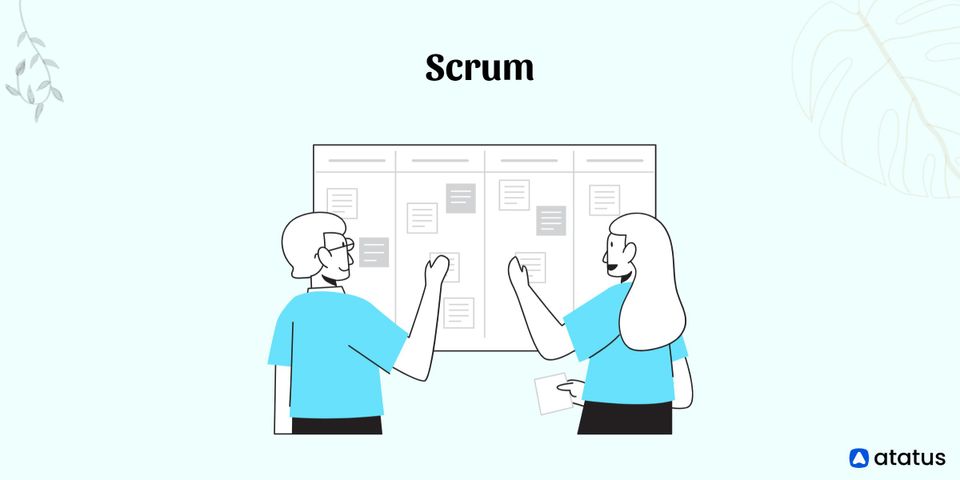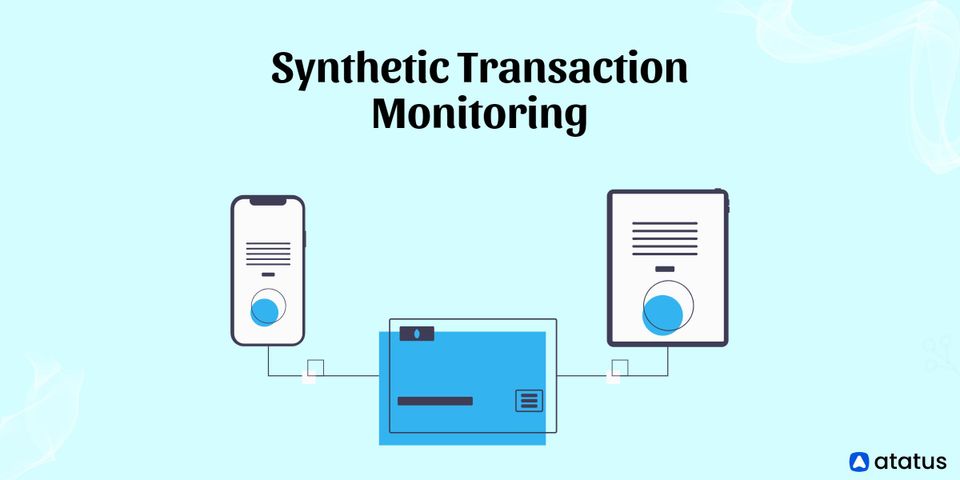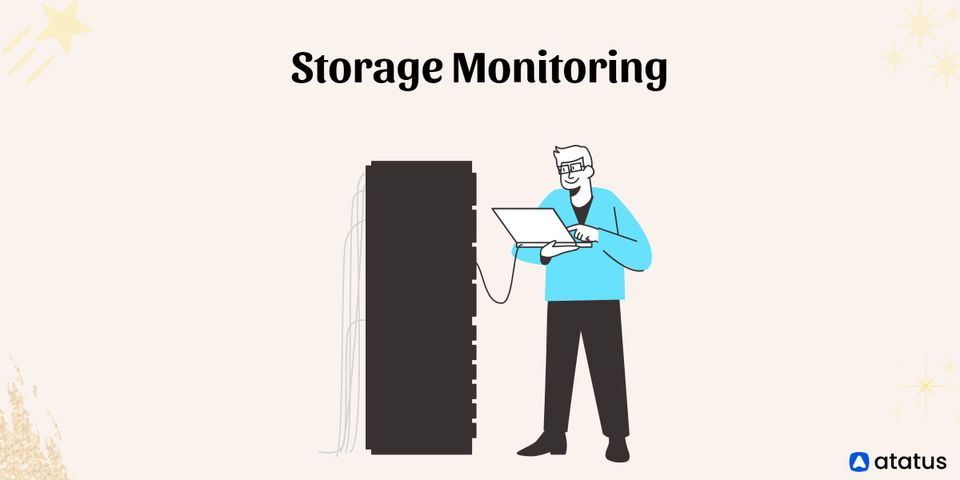Scrum is a framework that enables people to deliver high-value products productively and creatively. Scrum or Scrum hybrid is used by over 70% of Agile teams to manage difficult product development. The framework starts with what is visible or understandable. Following that, it keeps track of your progress and makes any necessary adjustments.
Here's how it’s done:
- What is Scrum?
- Scrum Process
- Three Essential Roles in Scrum Process
- What are Scrum Artifacts?
- Benefits of Scrum
- Why is Scrum the Best?
What is Scrum?
Scrum is a framework for managing complicated product development that has been in use since the early 1990s. Ken Schwaber and Jeff Sutherland collaborated on it, and it was first presented at OOPSLA 1995.
Scrum is a framework within which you can utilize numerous processes and techniques that match your organization's needs, rather than a process or technique for developing products. Scrum displays your application management and development methodologies' relative effectiveness, allowing you to improve.
Scrum creates features one at a time, whereas waterfall creates stages. Typical waterfall development is a phased, sequential procedure that does not provide value until the project is completed. Scrum turns that approach on its head, delivering new features every few weeks rather than waiting for a major release.
Scrum divides complex work into basic components, big organizations into small teams, and large projects into sprints. Companies can deliver the products and services that customers genuinely want faster and more efficiently by building iteratively and progressively.
Scrum allows you to obtain and implement customer feedback at the end of each small development cycle, ensuring that your outcomes are influenced by actual users rather than assumptions. Customers and key stakeholders will be significantly more involved and engaged as a result of this.
Scrum Process
Scrum encourages practitioners to work with what they have and to evaluate what is and is not working regularly. Meetings, often known as "events," are crucial for effective communication.
The following are some of the Scrum events:
- Daily Scrum
This is a daily stand-up meeting that takes place at the same time and place every day. The team analyses work from the previous day and plan what will be done in the next 24 hours during these meetings. This is when team members discuss any issues that may prevent the project from being completed. - Sprint
A sprint is a set of tasks that must be accomplished in a specific amount of time, usually 30 days. New sprints begin immediately after the previous one has ended. - Sprint Planning Meeting
Everyone takes part in creating goals during these meetings. At the end of the process, at least one increment (usable software) should be produced. - Sprint Review
Time to showcase the increment. - Sprint Retrospective
After a Sprint, a meeting called a Sprint Retrospective is held. Everyone in the room reflects on the process throughout this meeting. A team-building activity could also be included. Continuous improvement is a major goal of this event.
Three Essential Roles in Scrum Process
Three roles are required in a scrum team: product owner, scrum master, and development team. Since agile teams are cross-functional, the development team includes testers, designers, UX specialists, and operations engineers in addition to developers.
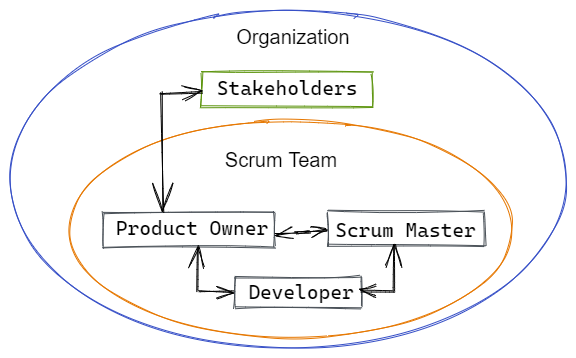
Product Owner
The product owners are the champions of their product. They are dedicated to gaining a thorough grasp of business, customer, and market requirements, and then prioritizing the engineering team's work accordingly.
The product manager is not usually the same as the product owner. Product owners are responsible for ensuring that the development team adds the maximum value to the company. It's also critical that the product owner be a unique individual. No development team likes to be given contradictory instructions from different product owners.
Scrum Master
Scrum Masters are their teams' scrum champions. They train teams, product owners, and the entire company in the Scrum method, and they're continually looking for ways to enhance it.
A good scrum master knows the team's work inside and out and can help them improve their transparency and delivery flow. They schedule the necessary resources for sprint planning, stand-up, sprint review, and sprint retrospective.
Development Team
They are champions in the field of sustainable development. Most effective scrum teams are small, co-located, and include five to seven members.
Team members have a variety of skill sets and cross-train each other so that no one individual becomes a bottleneck in the task delivery process. Strong scrum teams are self-organizing and have a strong 'we' mindset when it comes to their projects. To ensure that the sprint is completed successfully, all members of the team help one another.
The scrum team is in charge of each sprint's plan. Using their previous velocity as a guide, they estimate how much work they believe they will be able to complete throughout the iteration.
What are Scrum Artifacts?
An artifact is a historical interest that deserves to be investigated again. Artifacts are used in Scrum product development to track what has been completed and what is left on the to-do list.
In Sprint Planning Meetings, looking at Scrum artifacts is beneficial. The following are some of Scrum artifacts:
- Product Backlog
This refers to the work that still needs to be done. The development team works with the company owner during a product backlog grooming session to prioritize work that has been backlogged. Backlog refinement is a method that allows you to fine-tune your product backlog. - Sprint Backlog
Before selected product backlog items can be delivered, this is a list of tasks that must be done. These are divided into user stories based on the length of time. - Product Increment
This refers to everything that was completed during a Sprint, including all of the product backlog items, as well as everything that was developed in earlier Sprints. The product increment indicates how far the project has progressed. - Burn Down
A burndown chart shows the quantity of work that still needs to be done. A burndown chart shows work on the Y-axis and time on the X-axis. The chart should ideally show a declining trend as the quantity of work left to perform decreases over time until it reaches zero.
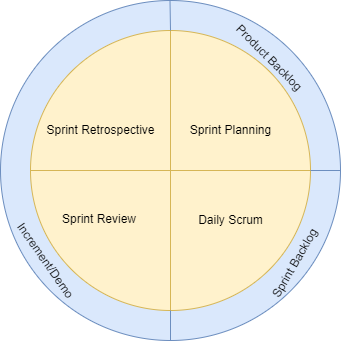
Benefits of Scrum
Scrum's key benefits include the following:
- Flexibility
Scrum requires teams to change their tools and processes in real-time to different circumstances. As development continues, product definitions may change, and effective teams may make those adjustments in a few cycles. Before products are placed into the sprint, a team might adjust priorities by holding regular product backlog meetings. - Higher Return on Investment (ROI)
Scrum's combined benefits result in a higher return on investment. Constant feedback leads to fewer costly mistakes later in the process and a superior, defect-free result. Reduced time to market and incremental releases result in higher revenue. - Reduced Risk
Scrum emphasizes a predictable, sustainable delivery rate as well as frequent feedback, allowing teams to manage risk early and often. Short sprints allow teams to fail quickly if an idea fails, lowering the chance of failure. - Reduced Time to Market
Scrum attempts to release products and features in well-defined sprints in predictable increments. It is not necessary to complete the entire product before releasing features. Every increment of a sprint is designed to create shippable features. Complex products are made up entirely of the shipped features. - Teamwork
Scrum helps software development teams work together to communicate effectively, achieve deadlines, and solve problems. Members have a high level of trust and respect for one another, and they recognize the value of their time. This could mean limiting daily Scrum to a specific timeframe. - Quality Products
The Scrum process includes feedback and ongoing improvement in the sprint retrospective. As a result, the process enables development teams to produce high-quality products.
Why is Scrum the Best?
The scrum framework is simple. The rules, artifacts, events, and roles are all simple to understand. Its semi-prescriptive approach aids in the removal of ambiguity in the development process while allowing enterprises to add their unique flavor.

It's good for difficult projects since it organizes complex activities into manageable user stories. Furthermore, the clear definition of roles and planned events ensures transparency and shared ownership throughout the development cycle. Quick releases keep the team motivated and users happy by allowing them to see progress in a short period of time.
Scrum may take some time to fully grasp, especially if the development team is used to a traditional waterfall methodology. Smaller iterations, daily scrum meetings, sprint reviews, and appointing a scrum master could be a difficult culture transition for a new team to make.
The long-term benefits, however, significantly surpass the early learning curve. Scrum's experience in producing complex hardware and software products across a wide range of industries and verticals makes it an appealing framework for your company to adopt.
Conclusion
Scrum is popular because it gives just enough framework to assist teams while allowing them to execute in their way. Its concepts are easy and simple to grasp.
Scrum breaks down difficult tasks into little pieces, large organizations into small teams, and long-term projects into a series of short time periods. It is an excellent solution for teams who are just getting started with Agile principles.
Further Reading:
Managed Detection and Response
Atatus API Monitoring and Observability
Atatus provides Powerful API Observability to help you debug and prevent API issues. It monitors the user experience and is notified when abnormalities or issues arise. You can deeply understand who is using your APIs, how they are used, and the payloads they are sending.

Atatus's user-centric API observability monitors the functionality, availability, and performance of your internal, external, and third-party APIs to see how your actual users interact with the API in your application. It also validates rest APIs and keeps track of metrics like latency, response time, and other performance indicators to ensure your application runs smoothly. Customers can easily get metrics on their quota usage, SLAs, and more.

